Freestanding tubs are a timeless addition to any bathroom. With their sleek designs and ability to transform a space into a spa-like retreat, it’s no wonder they’re growing in popularity across the United States. But as stunning as they look, proper upkeep is essential to ensure your tub stays in pristine condition for years to come. Whether yours is a soaking tub, clawfoot style, or modern design, maintenance doesn’t have to be daunting. With the right care routine, your free standing tub can remain a luxurious centerpiece in your home.
This guide will walk you through the essential maintenance requirements, practical tips, and best practices to keep your free standing tub in top shape.
Why Proper Maintenance of Free Standing Tubs Is Essential
Free standing tubs are an investment. On top of their aesthetic appeal, these tubs are built to provide comfort and relaxation. However, like any other fixture in your home, free standing tubs need attention. Regular maintenance:
· Preserves their appearance – Prevents stains, scratches, or dullness.
· Ensures longevity – Proper care avoids costly repairs or replacements.
· Maintains hygiene – Keeps the tub free from mold, mildew, and bacteria buildup.
· Enhances your bathing experience – A well-maintained tub makes bath times even more enjoyable.
Types of Free Standing Tubs and Their Specific Needs
Before jumping into maintenance tips, it’s important to note that care requirements may vary based on the tub material. Here’s a quick breakdown:
Acrylic Tubs
Lightweight and affordable, acrylic tubs are a common choice. They are resistant to chipping but can scratch easily, so gentle cleaning is essential.
Cast Iron Tubs with Enamel Coating
These tubs are durable and retain heat well. However, they require delicate care to avoid chipping the enamel.
Stone Resin Tubs
Known for their luxury look, stone resin tubs combine longevity with a stylish finish. They are tough but can stain if not sealed and cleaned properly.
Copper or Brass Tubs
These tubs are unique and rich in character, but regular polishing is necessary to maintain their shine and prevent patina buildup.
No matter what type of tub you have, the maintenance tips we share below will help you keep it looking and functioning beautifully.
Essential Maintenance Tips for Free Standing Tubs
1. Daily Upkeep for Lasting Shine
Small, consistent efforts go a long way. Incorporate these habits into your daily routine to keep your tub looking as good as new:
Rinse After Every Use
Soap residue, bath oils, and dirt can leave behind stains or buildup. After each use, rinse the tub thoroughly with warm water to prevent residue from settling.
Wipe Dry
Use a soft cloth to dry the surface. Water spots and mineral deposits can form if left to air dry, especially in areas with hard water.
Avoid Sharp Objects
Keep metal scrubbers or sharp tools away to prevent scratches.
2. Regular Cleaning Routine
Deep cleaning is vital to maintain the tub’s surface and hygiene. Here’s how you can clean your free standing tub effectively:
Gather the Right Supplies
Use mild, non-abrasive cleaners. Avoid bleach or ammonia-based products, as they can damage the surface. If you’re unsure, check with your tub manufacturer for recommended cleaning solutions. Wellfor free standing tubs, for example, work well with gentle, eco-friendly cleaners.
Step-by-Step Cleaning Process
1. Fill the tub with warm water and add a small amount of liquid dish soap or gentle cleaner.
2. Use a soft sponge or microfiber cloth to scrub the surface. Pay attention to corners and edges where dirt might accumulate.
3. Empty the tub and rinse thoroughly with clean water.
4. Wipe dry to prevent streaks or spots.
For Hard Water Stains
Mix white vinegar with water in a 1:1 ratio. Apply this solution to the stains, allow it to sit for 15 minutes, then scrub gently with a soft cloth.

3. Prevent Mold and Mildew Growth
Since bathrooms are humid environments, mold and mildew can quickly become a problem if left unchecked. To avoid this:
Ventilation Is Key
Ensure your bathroom is well-ventilated. Use an exhaust fan or open windows after a bath to reduce humidity.
Inspect Grout Lines
If your tub is surrounded by tiles, clean the grout regularly with a gentle brush to prevent mold growth.
Dry the Base
For clawfoot or pedestal-style tubs, check and dry the base frequently since it’s closer to the floor where moisture often collects.
4. Handle Tough Stains Carefully
Stains can occur due to rust, soap scum, or accidental spills. Removing them requires care:
Rust Stains
Create a paste with baking soda and water. Apply it to the stain, allow it to sit for 30 minutes, then gently scrub and rinse.
Oil-Based Stains
Dish soap is your best friend here. Apply it directly onto the stain, scrub, and rinse.
Persistent Stains
For stubborn discoloration, consider professional-grade cleaners that are safe for your tub material. Wellfor tubs, for instance, are designed to withstand cleaning agents tailored for specific materials.
5. Polishing for a Luxurious Finish
Polishing is an optional step but gives your tub extra shine, especially if it’s made of stone resin or copper. Use specialty polishers designed for your tub material and follow the manufacturer’s guidelines.
6. Check for Leaks or Loose Fixtures
Periodically inspect your free standing tub for leaks, cracks, or issues with the drain or plumbing connections. Tighten loose fixtures and reseal any problem areas promptly to prevent water damage.
Handy Maintenance Do’s and Don’ts
Here’s a quick cheat sheet to keep your care routine on track:
Do:
· Use mild, non-abrasive cleaners.
· Wipe dry after every use.
· Rinse thoroughly to prevent residue buildup.
· Periodically check for cracks or leaks.
Don’t:
· Use abrasive materials like steel wool or hard brushes.
· Pour boiling water directly into the tub (it can cause cracks in acrylic tubs).
· Leave standing water or heavy objects in the tub for extended periods.
Long-Term Care for Free Standing Tubs
Over time, even well-maintained tubs may require some extra attention. Consider these long-term maintenance tips:
Reapply Sealant as Needed
For tubs made of stone or natural materials, resealing every 1-2 years can protect the surface.
Schedule Professional Inspections
If you notice frequent leaks or discoloration, call in a professional plumber or tub specialist for a thorough evaluation.
Upgrade Plumbing Connections
Old plumbing fixtures can wear down or cause issues. Replace outdated parts with high-quality ones to maximize efficiency.
Consider Refinishing Older Tubs
If your free standing tub's surface begins to show wear, refinishing it can restore its original beauty.
Why Choose Wellfor Free Standing Tubs?
If you’re searching for a free standing tub that’s stylish, durable, and easy to maintain, consider Wellfor. Each Wellfor tub is crafted with high-quality materials, ensuring both comfort and longevity. They’re designed with user convenience in mind, making cleaning and upkeep hassle-free. From sleek acrylic designs to sturdy stone resin options, Wellfor offers something for every home.
Final Thoughts
Maintaining a free standing tub doesn’t have to be complex or time-consuming. With regular care and a little attention to detail, your tub can remain a stunning, functional centerpiece in your bathroom for years. By following these tips, you'll not only enhance the longevity of your tub but also enjoy a cleaner, brighter, and more inviting bath time experience.
Whether you own a Wellfor tub or have another brand, remember that the key to lasting beauty is consistency. Treat your tub with care, and it will return the favor by providing countless hours of relaxation and style.

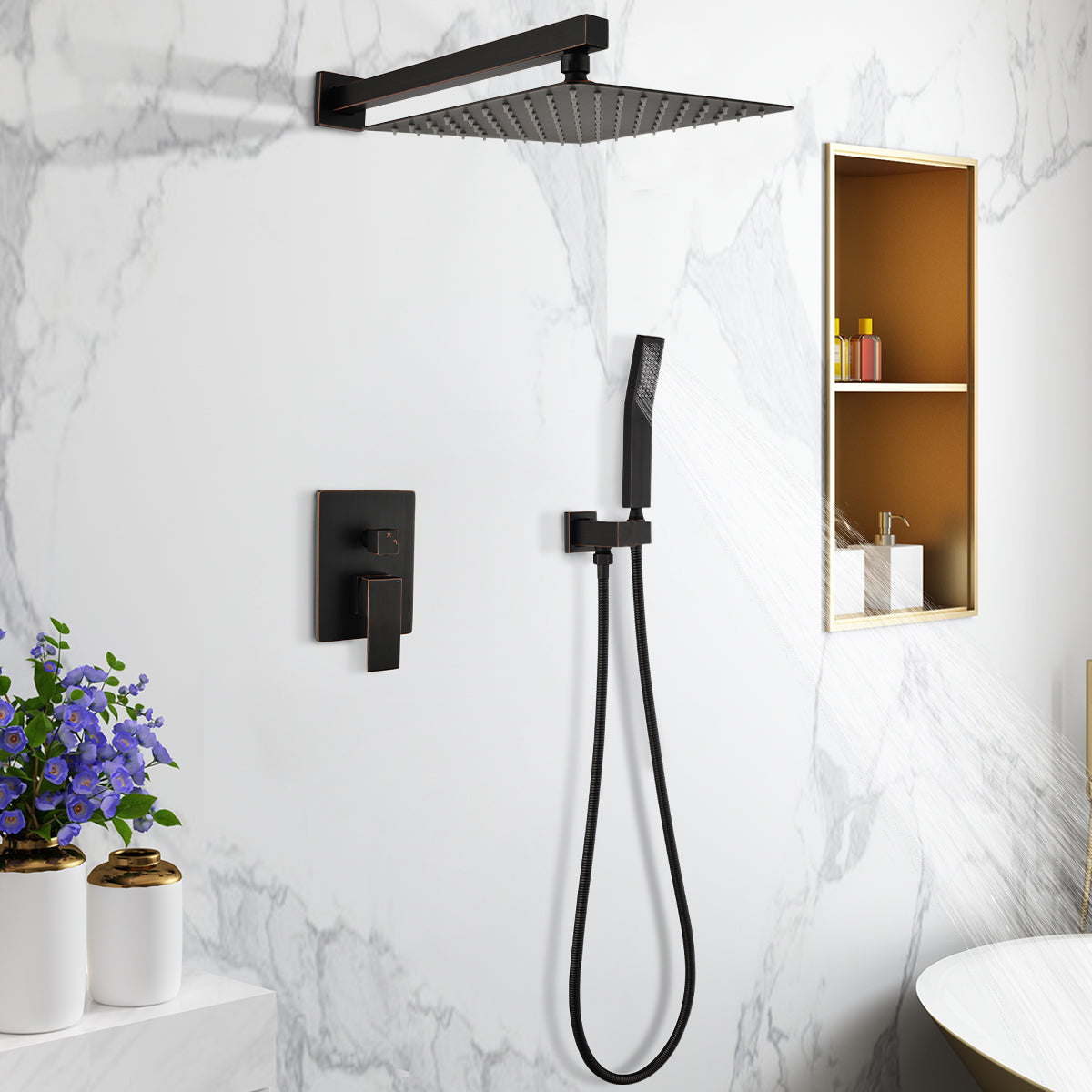
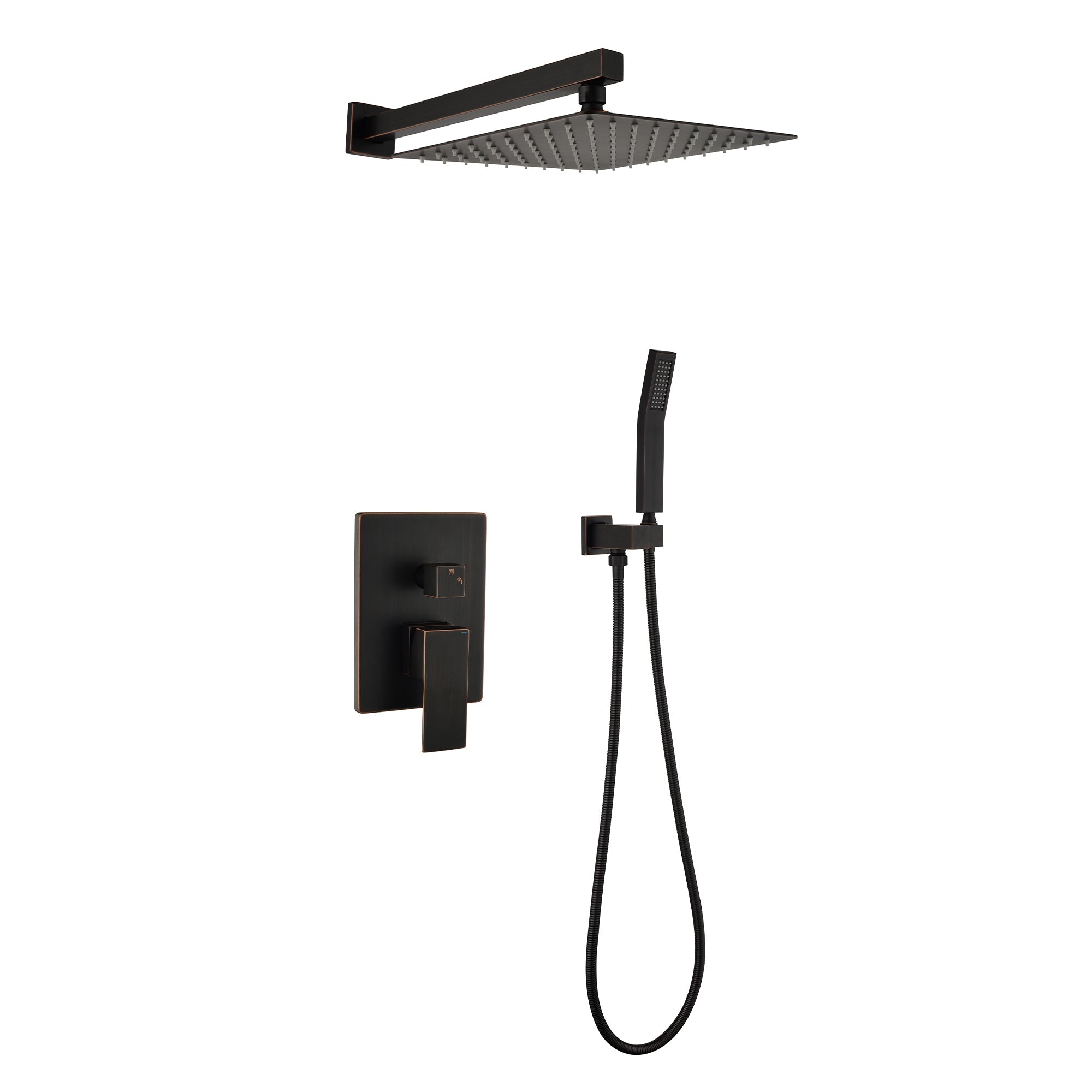


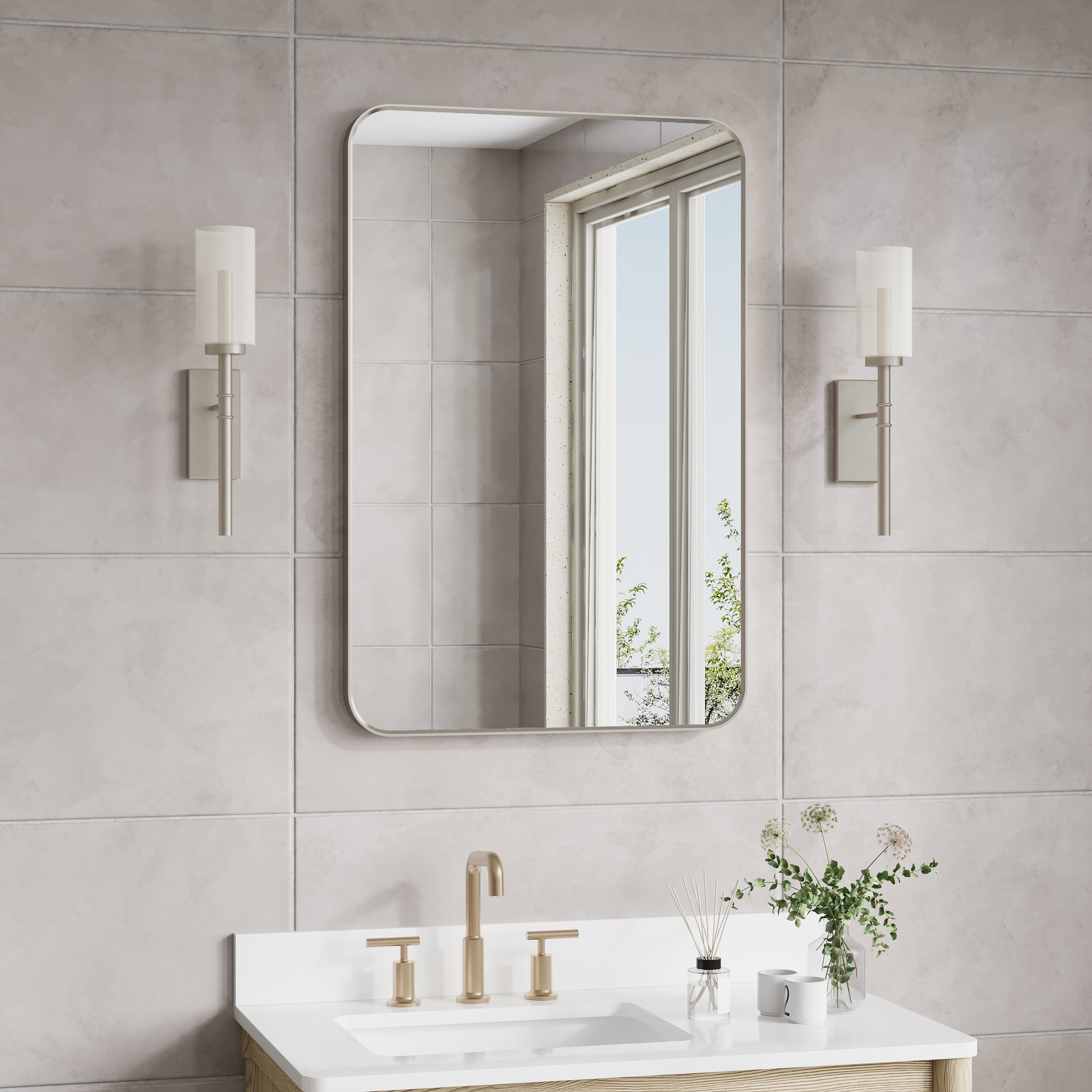
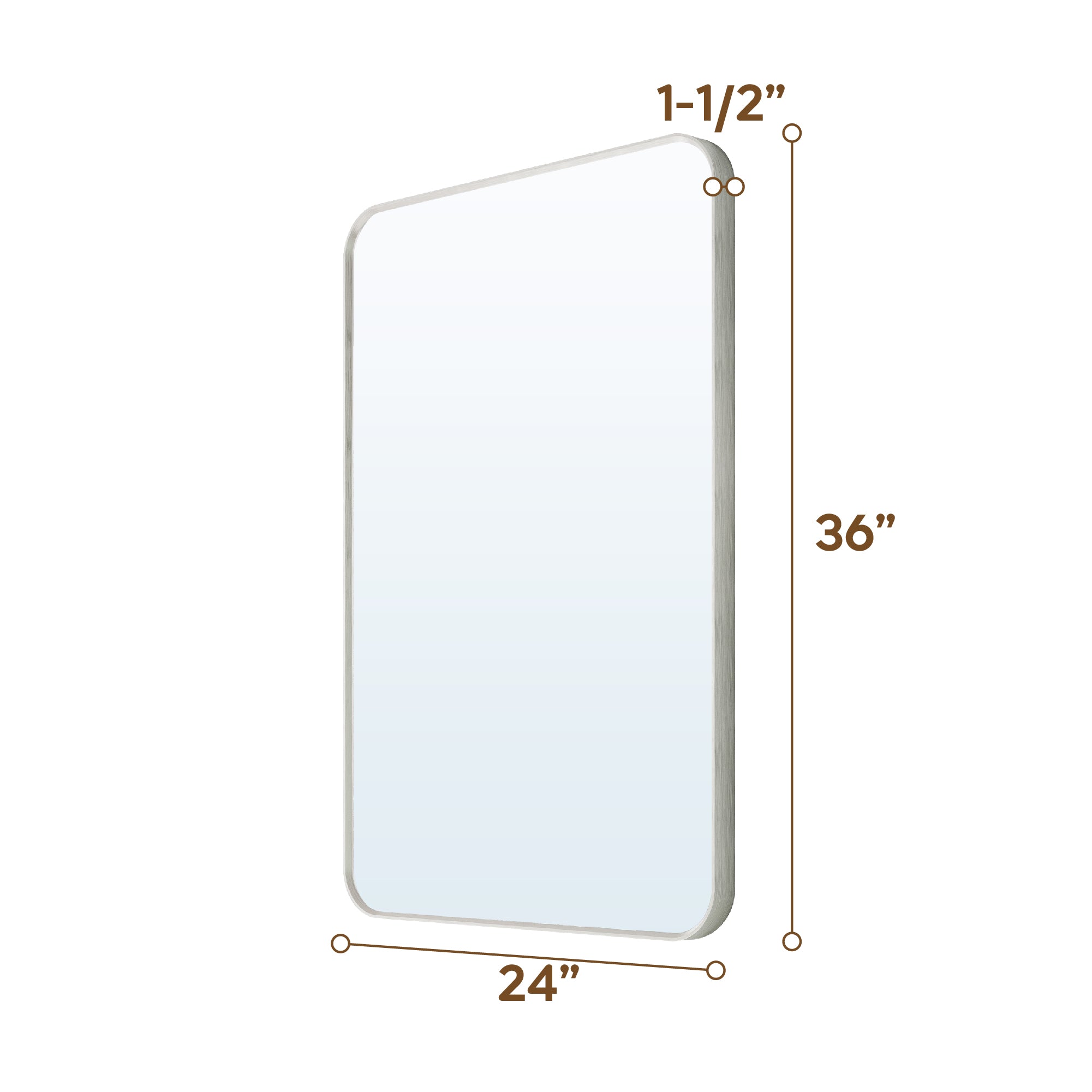
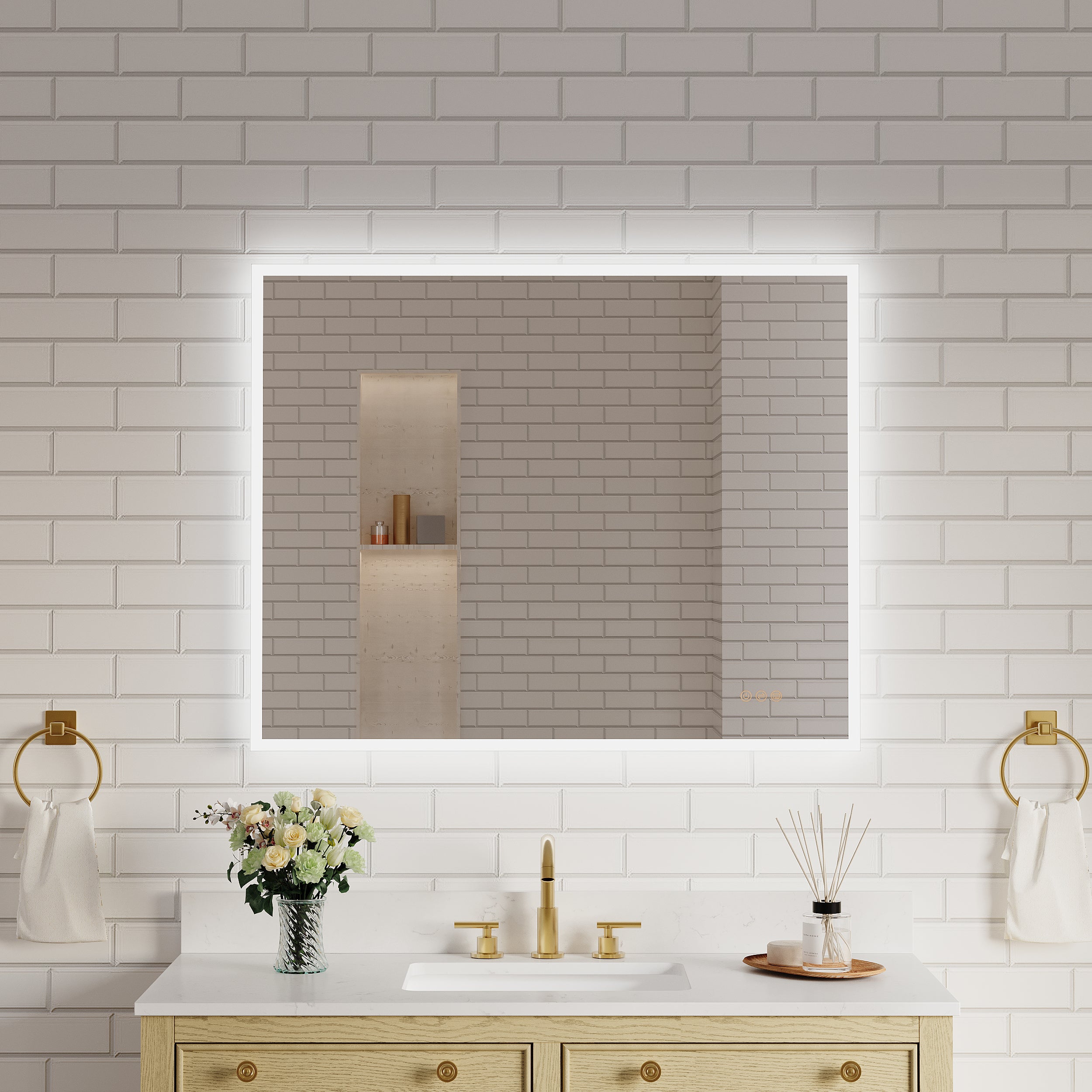

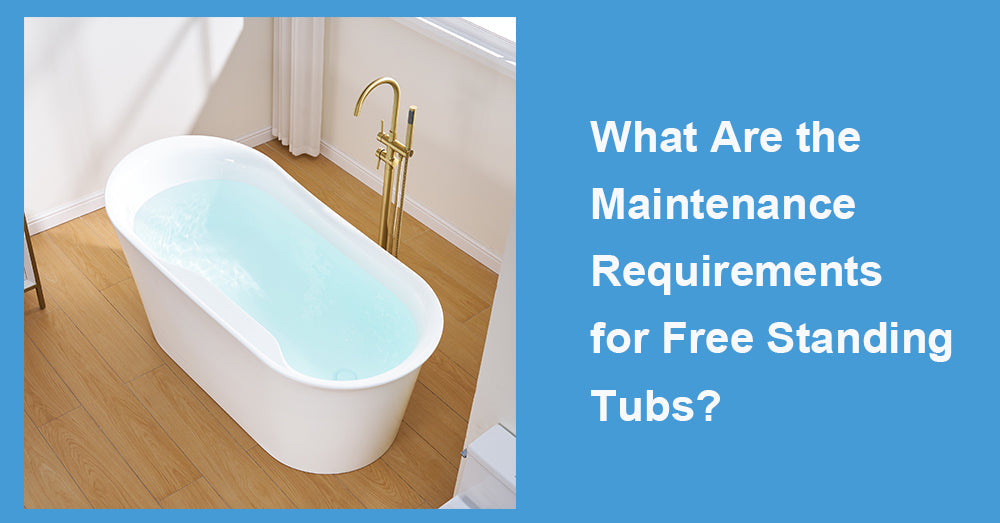


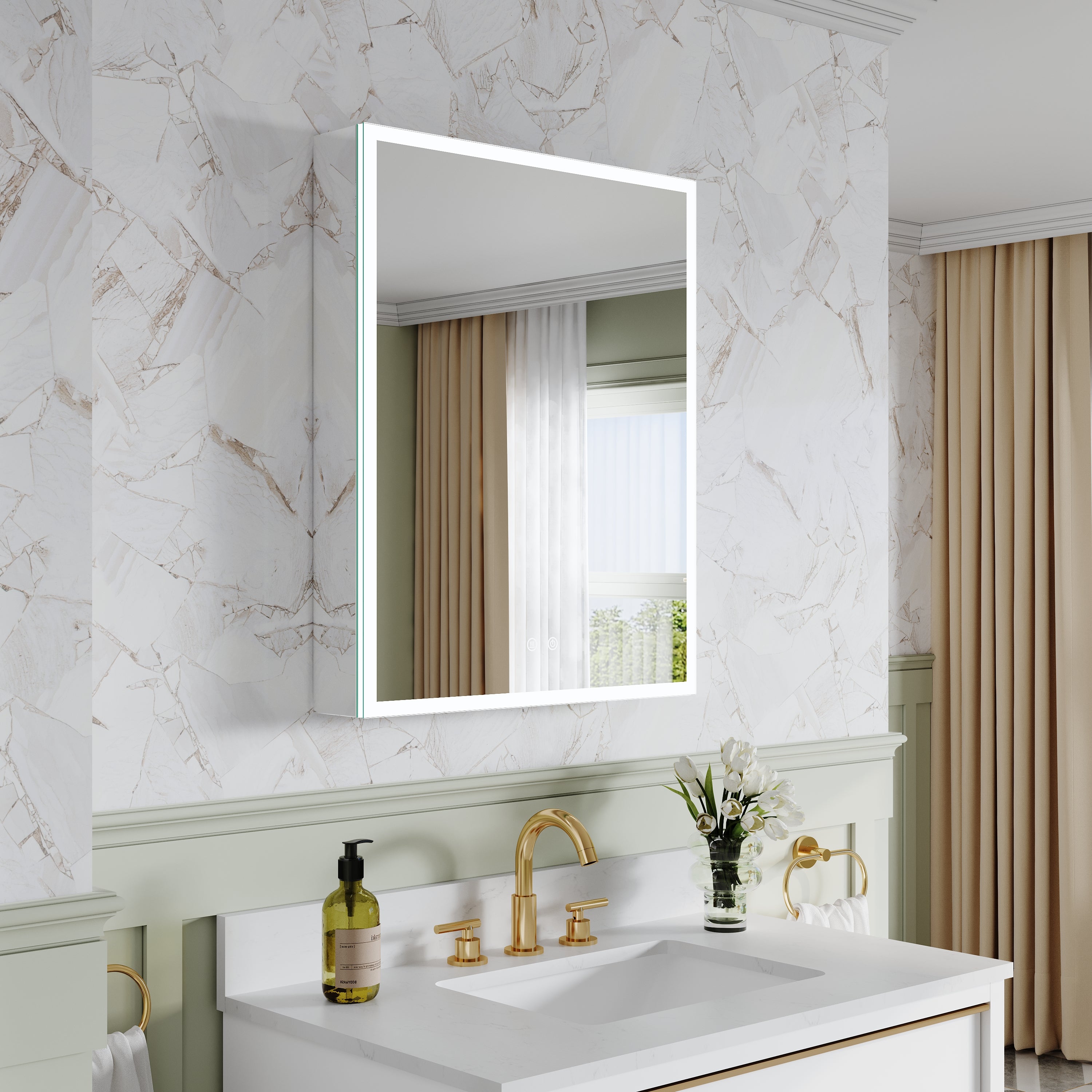

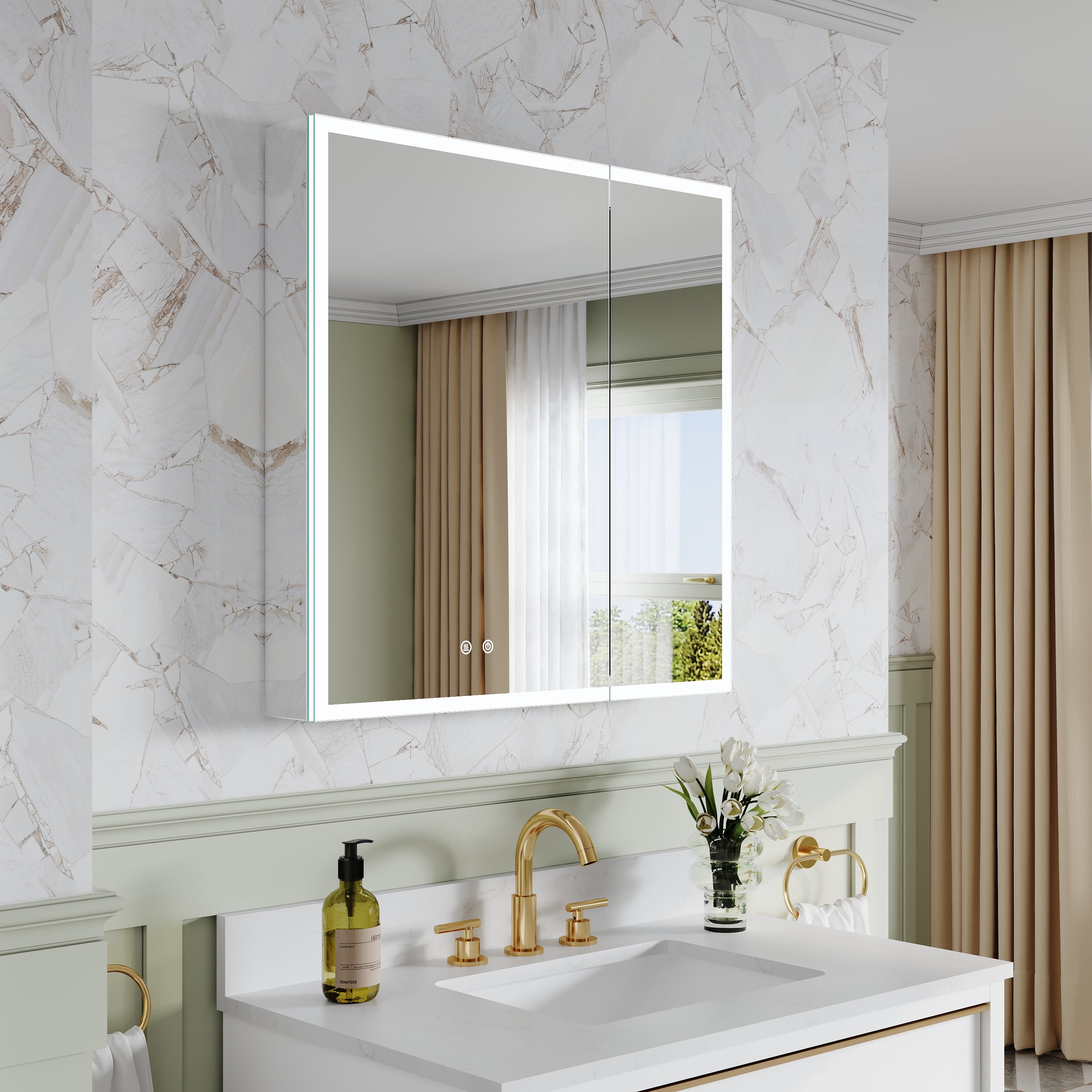
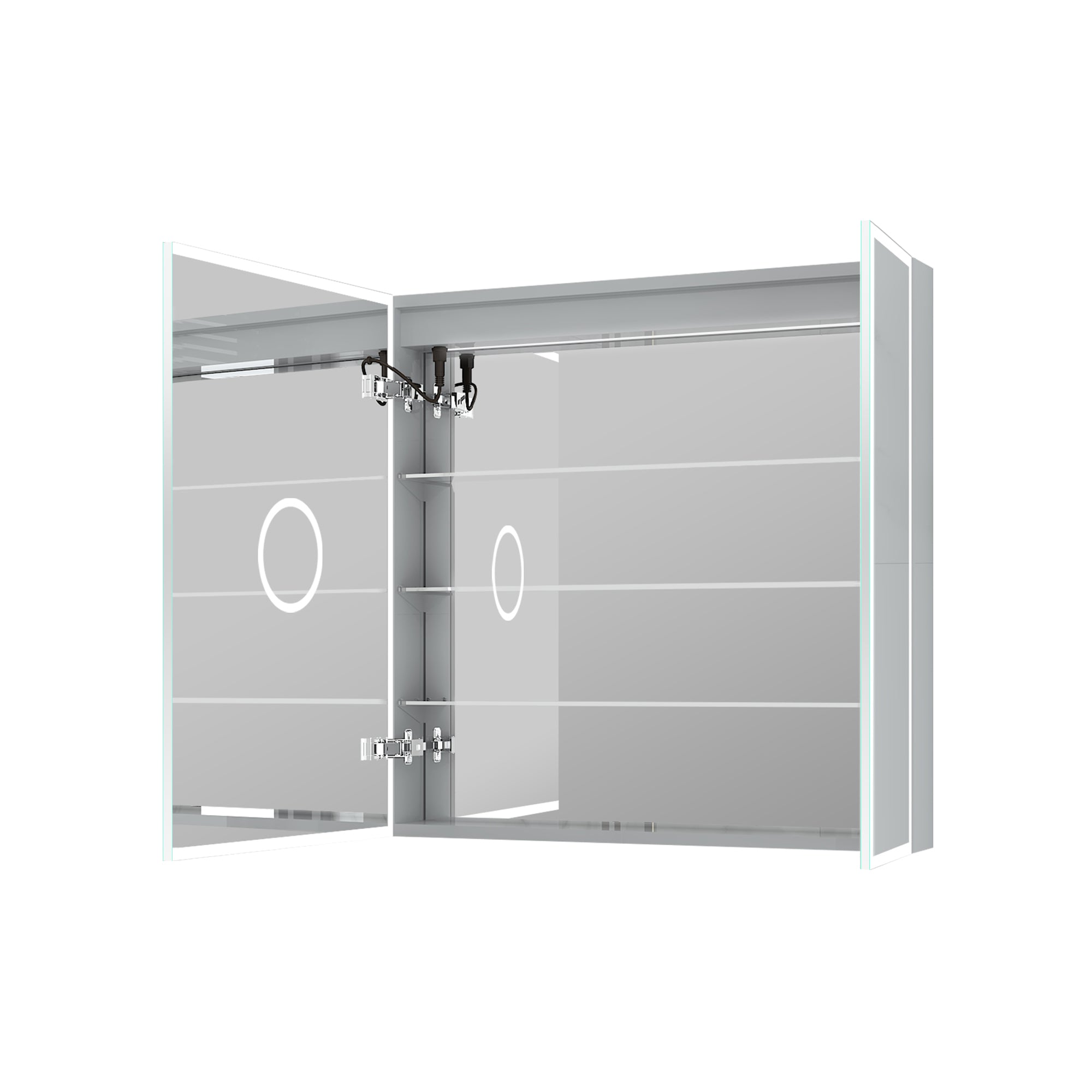


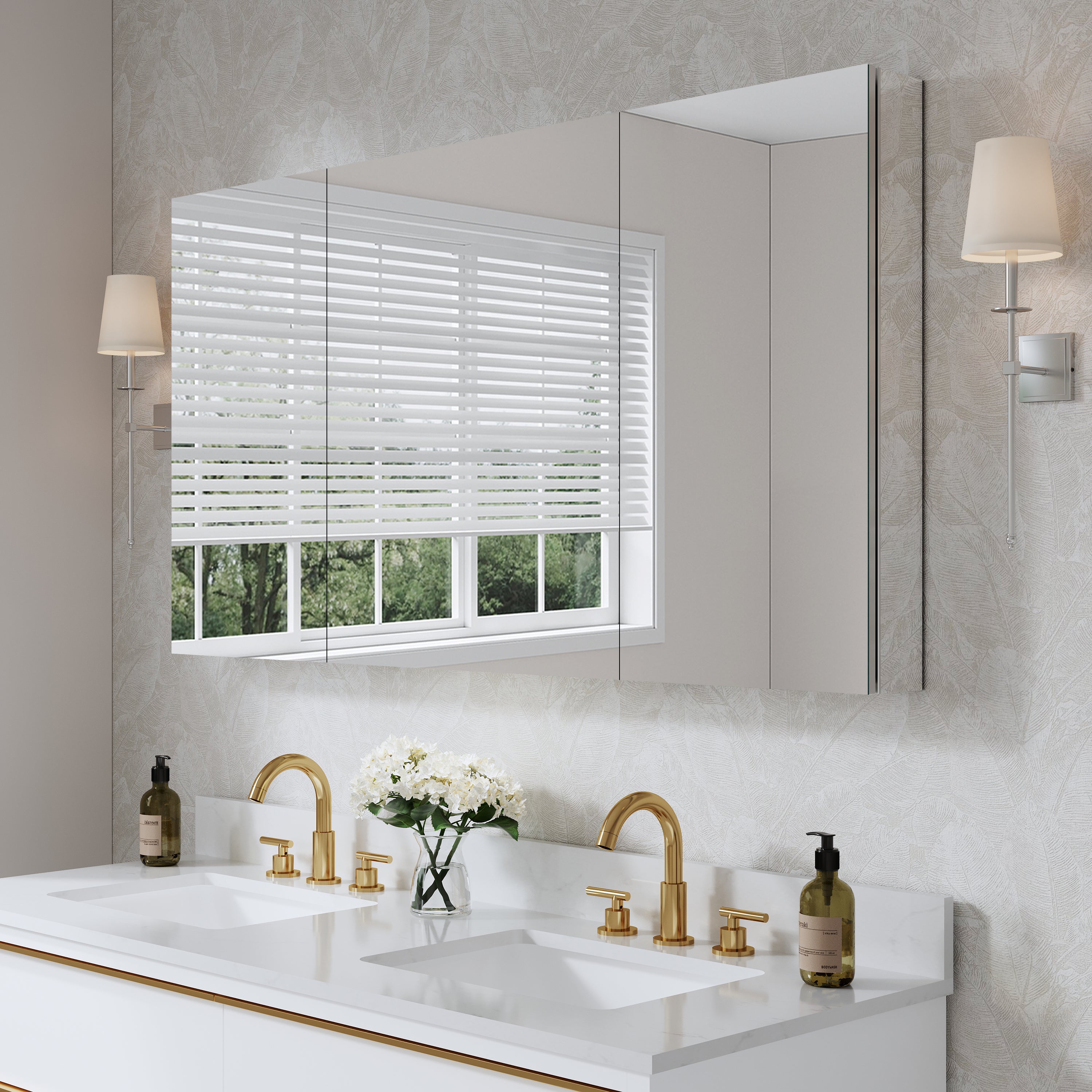

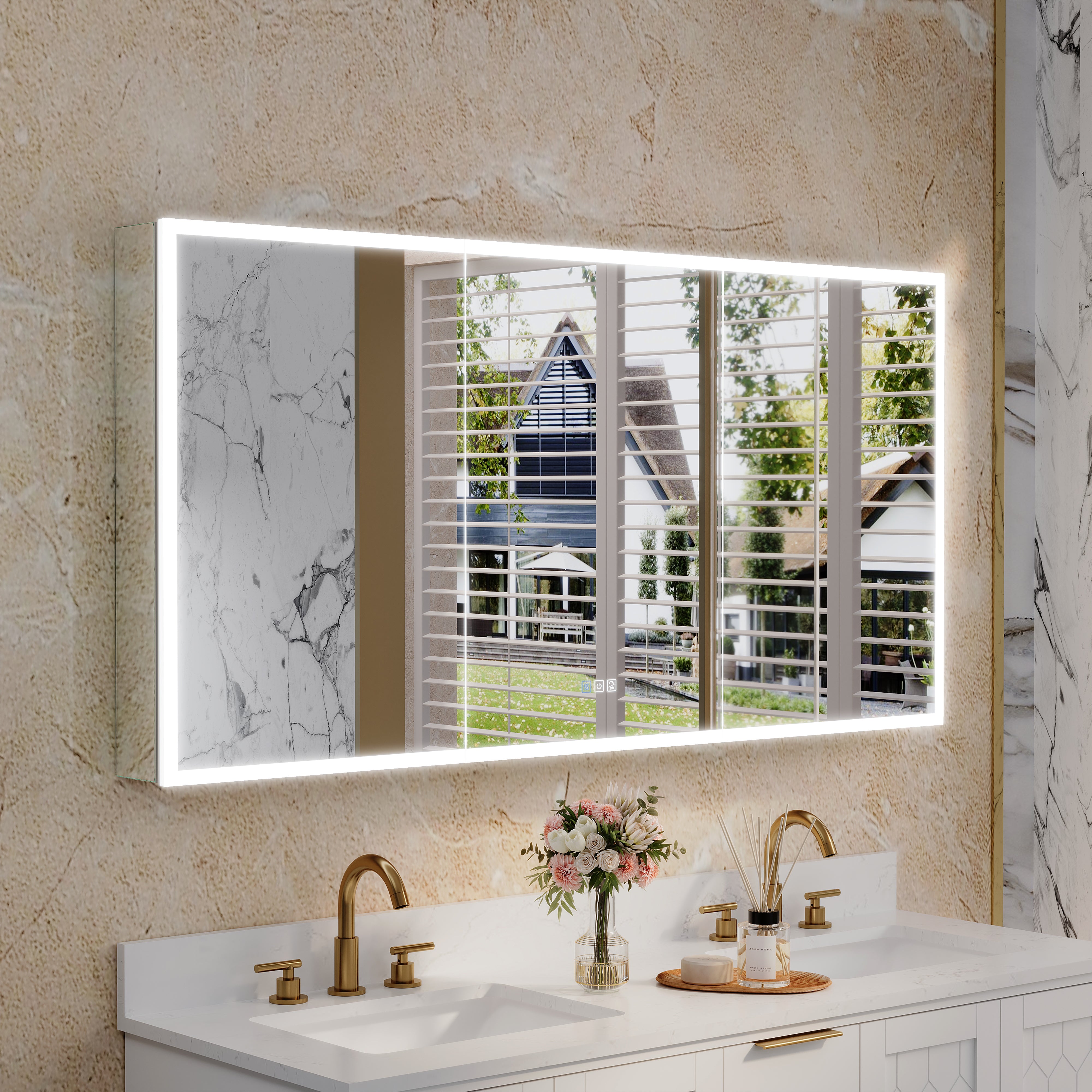

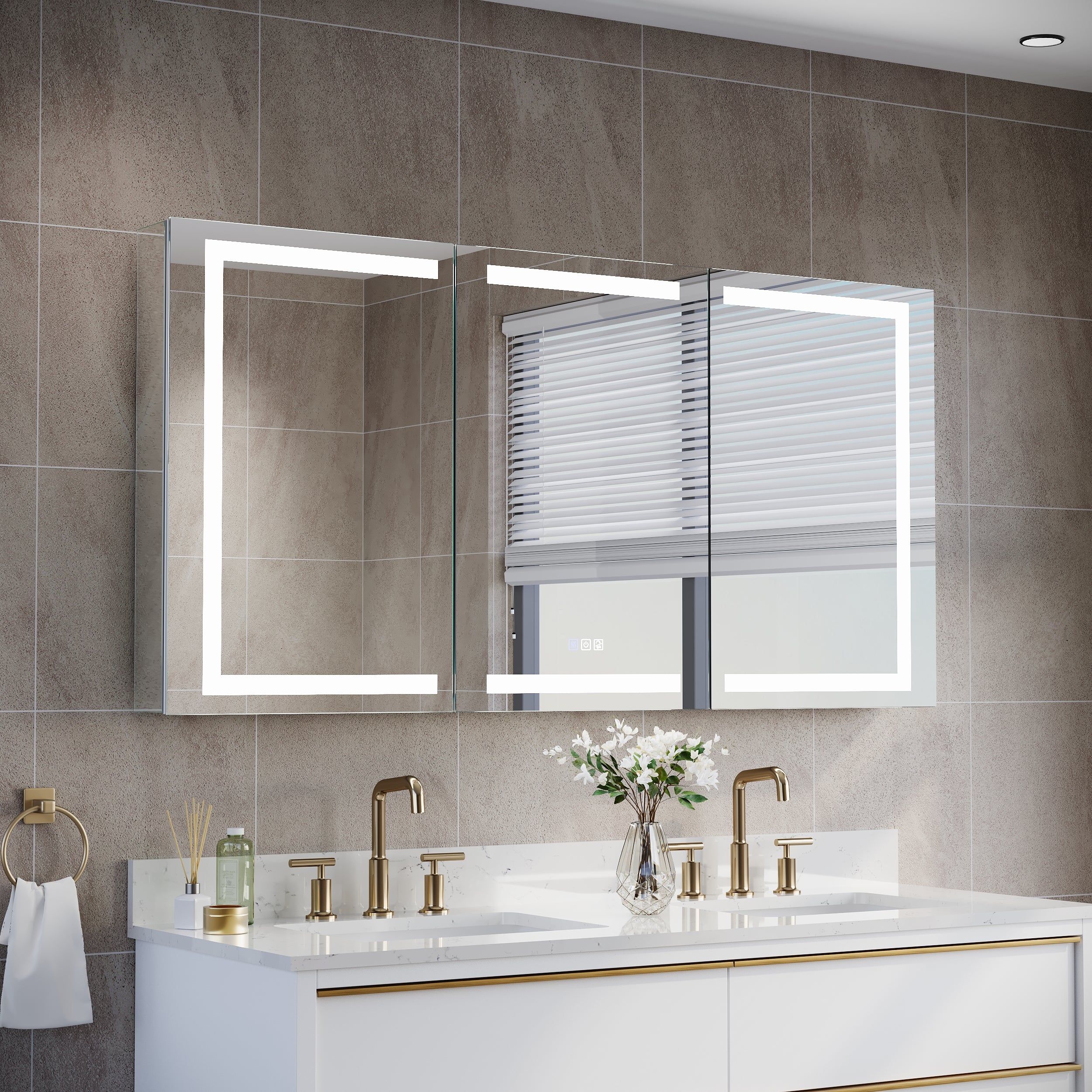


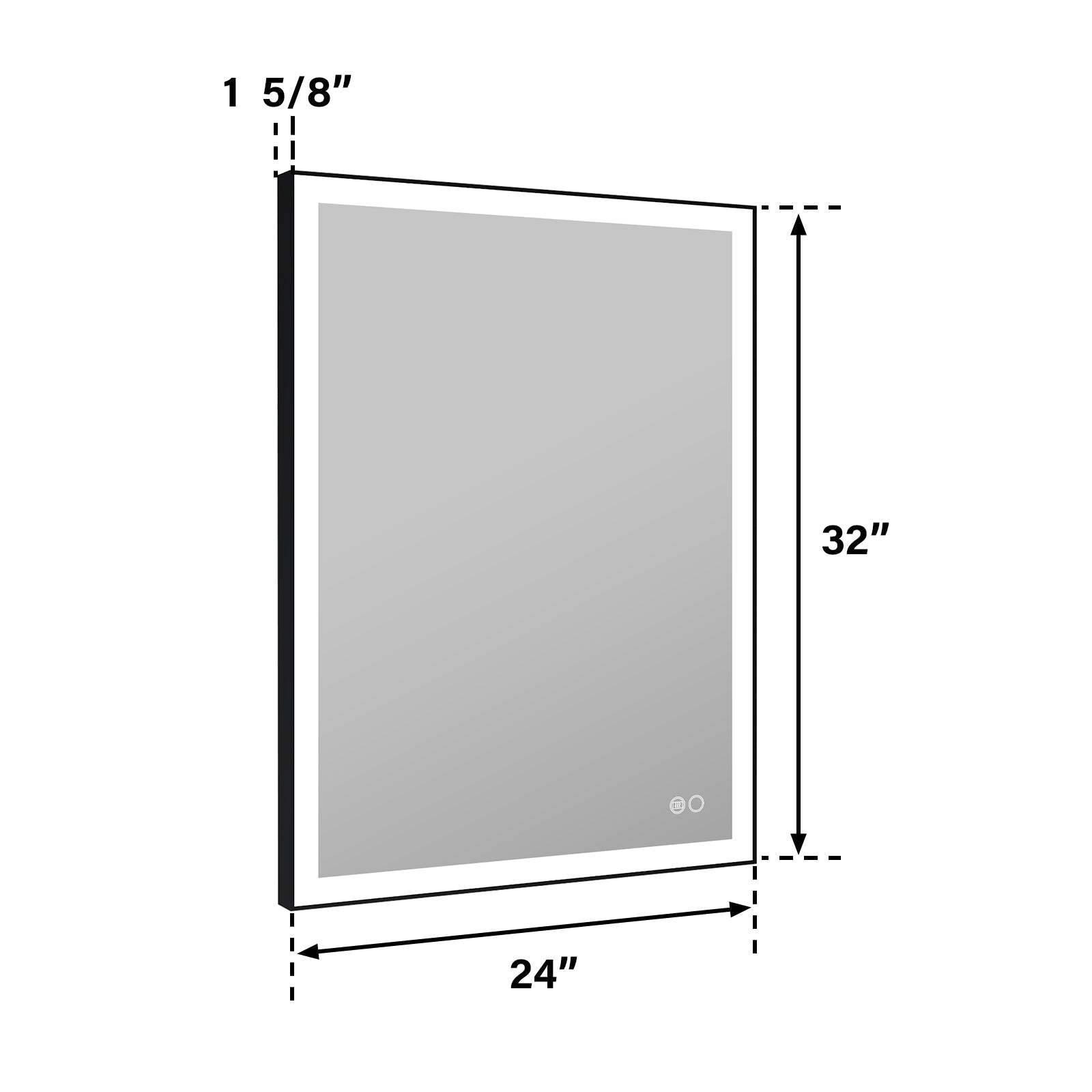
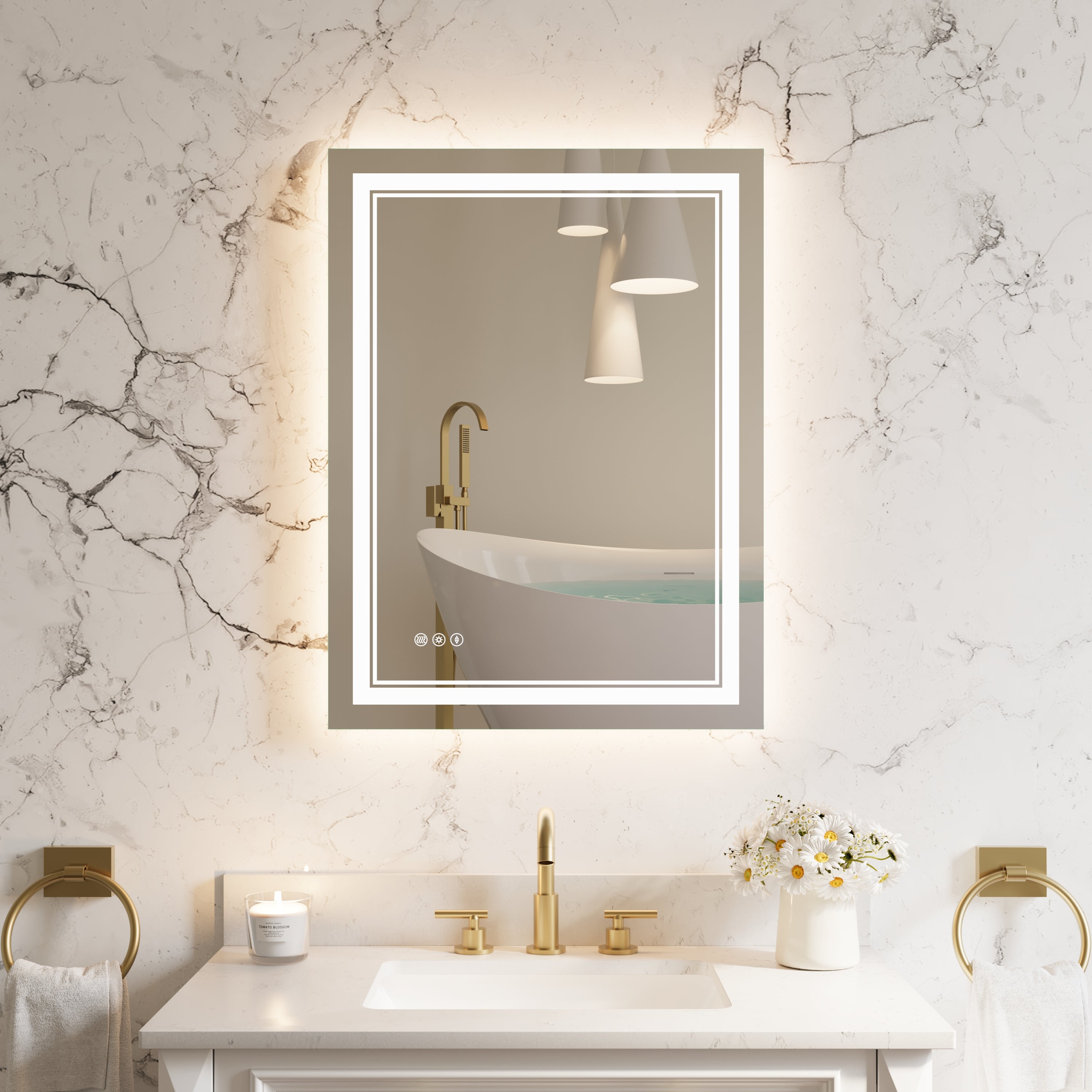
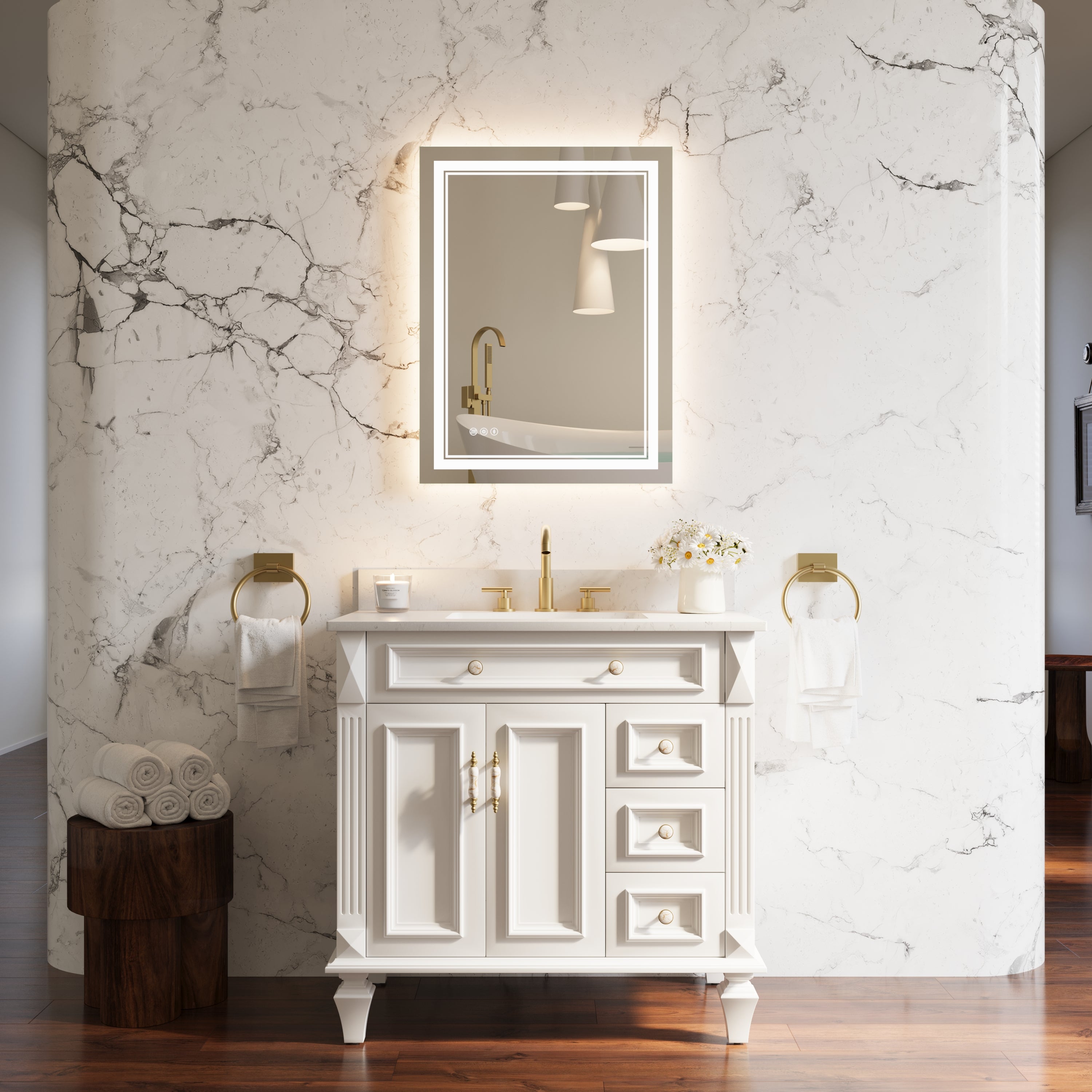


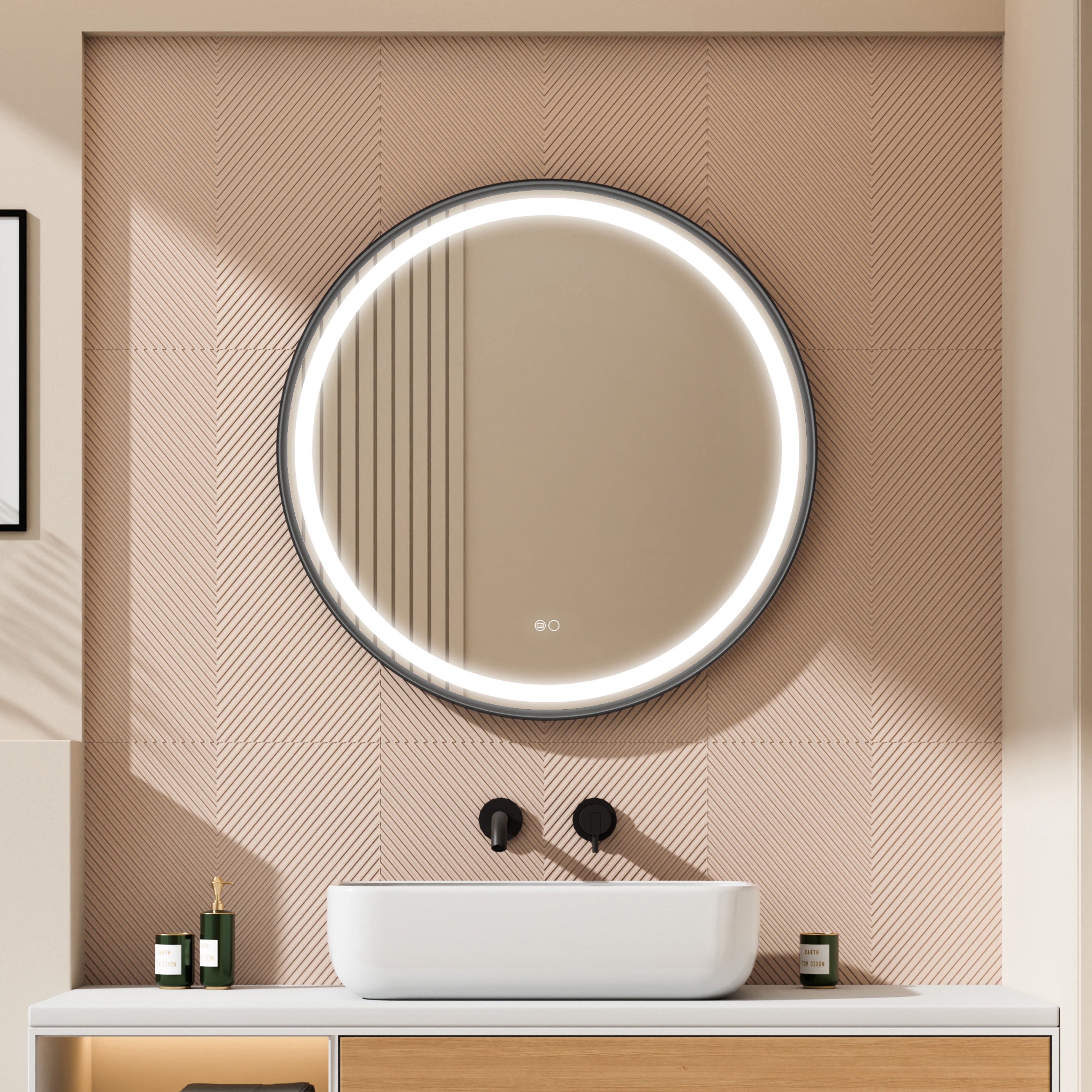



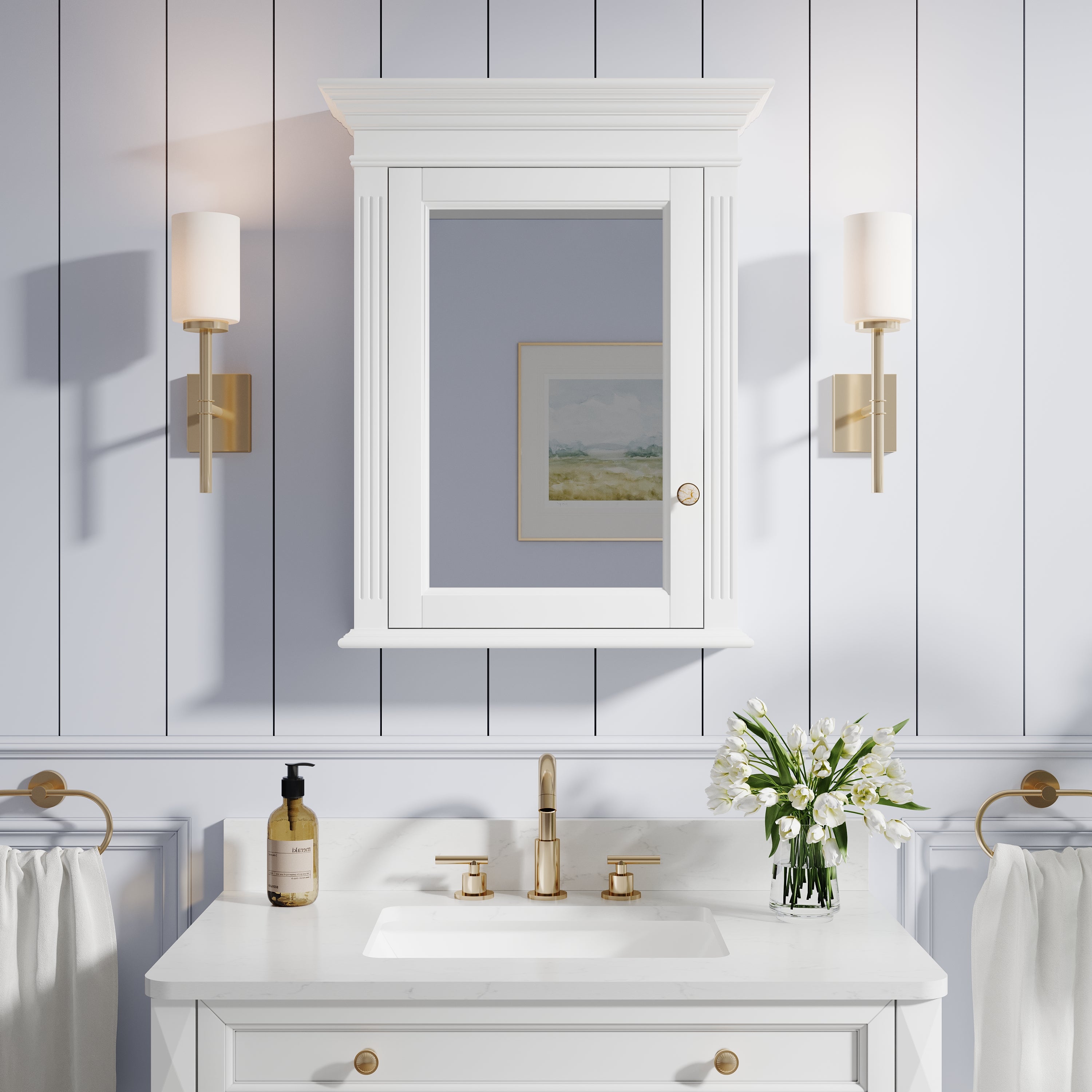
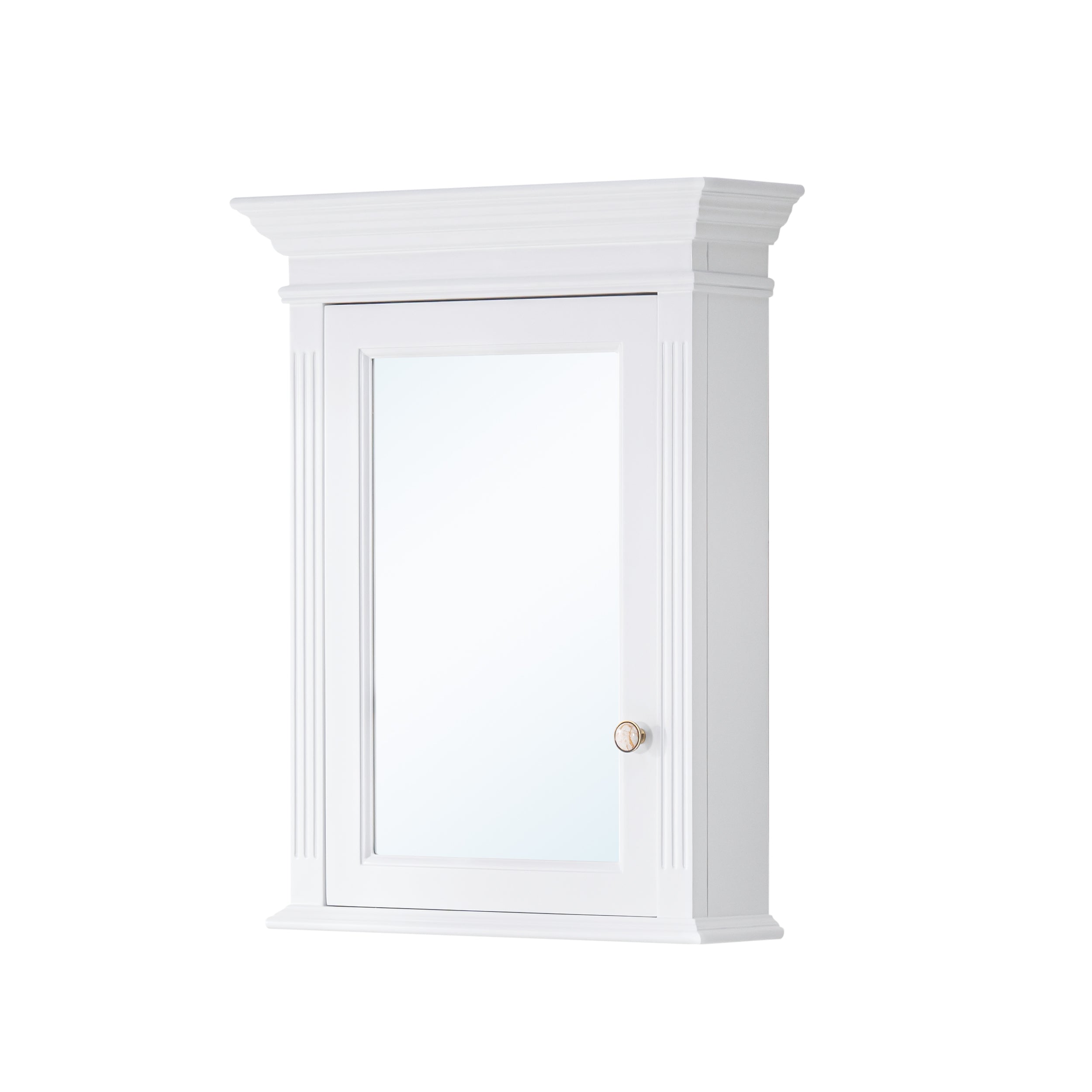
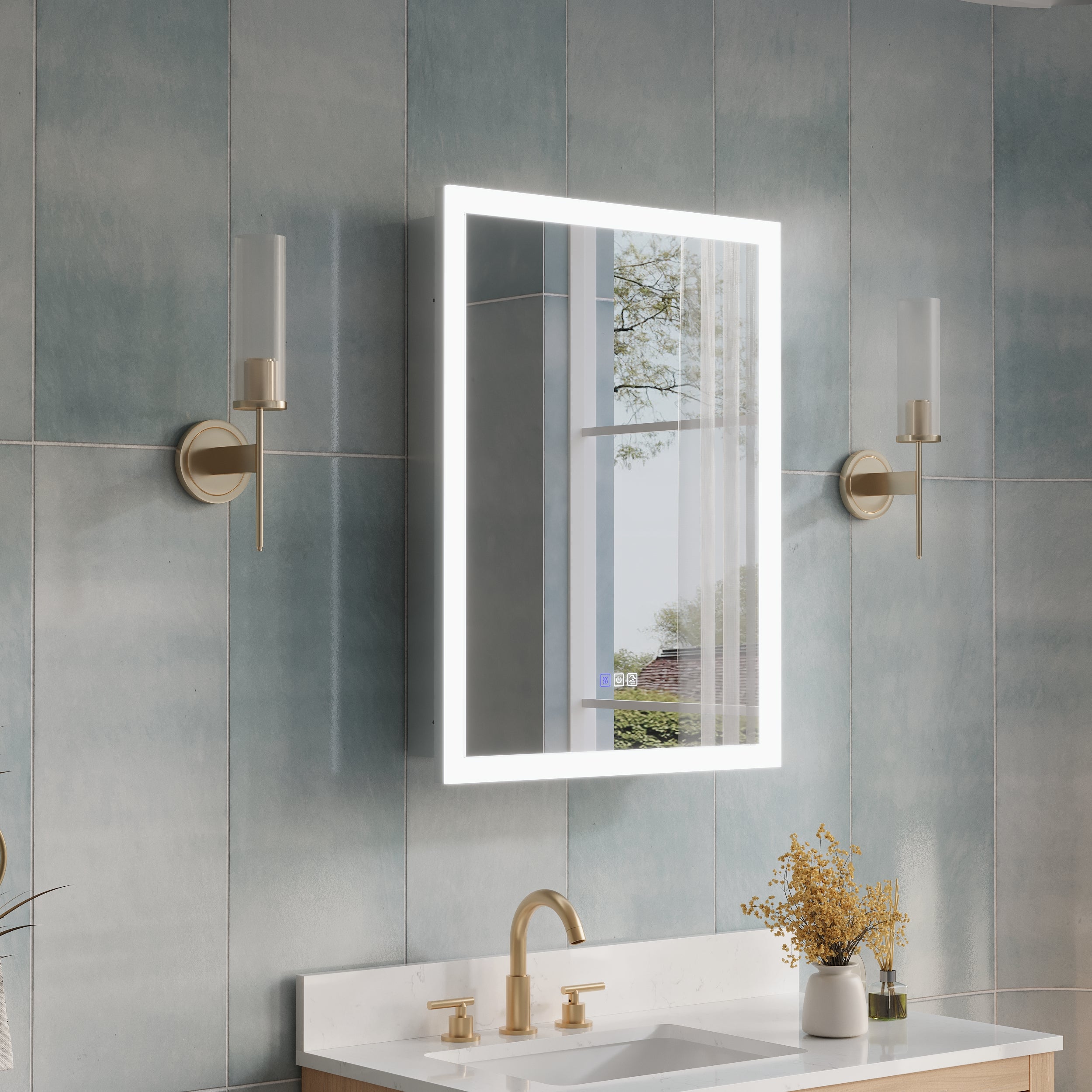





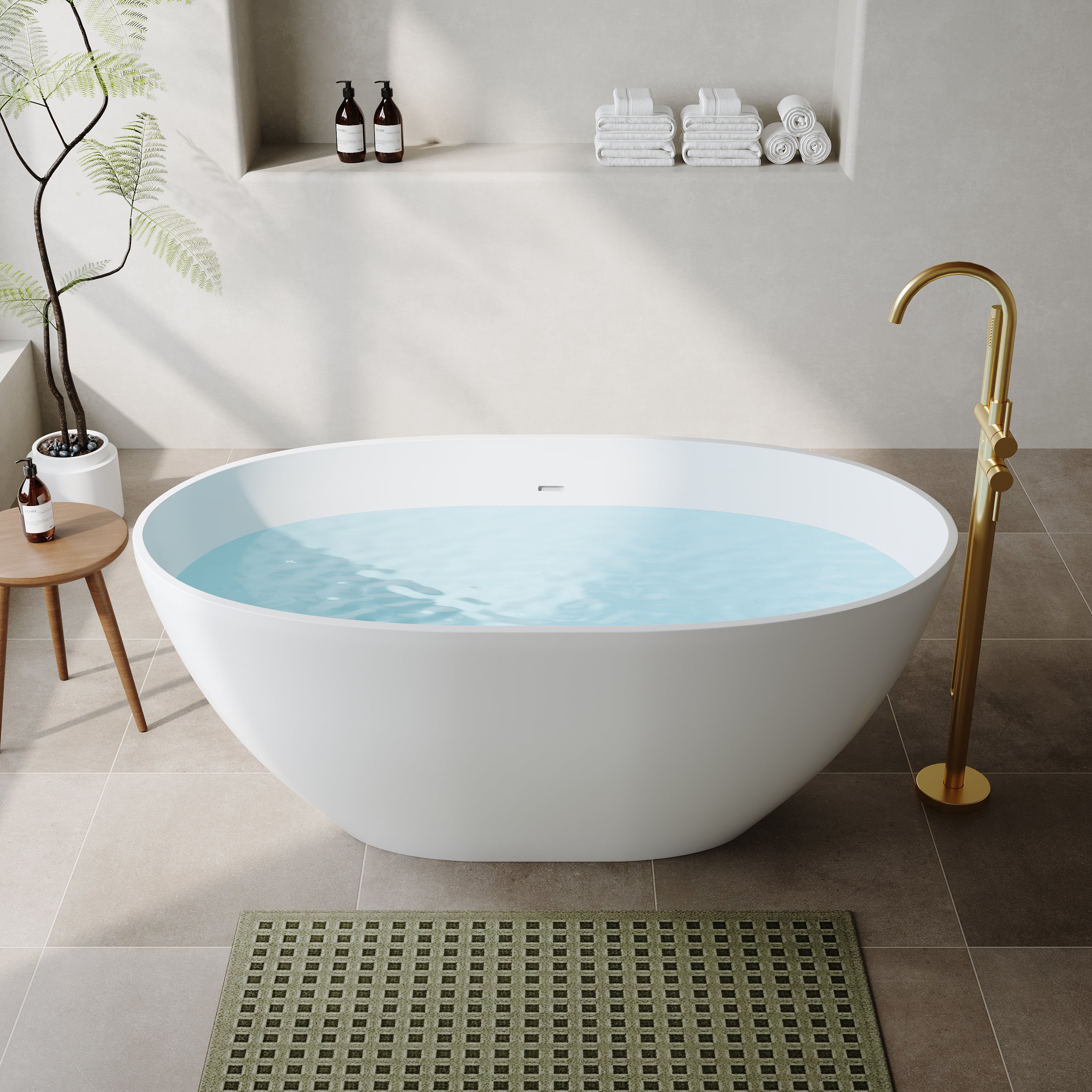
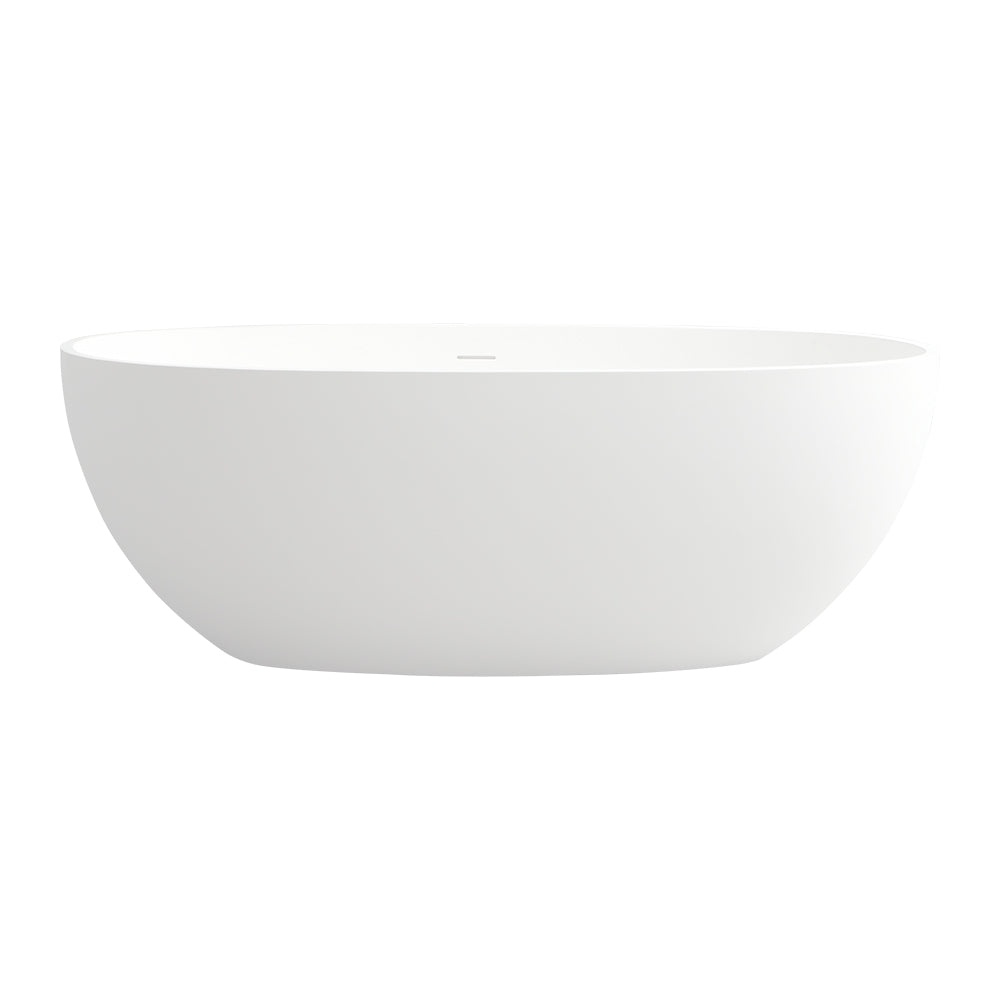
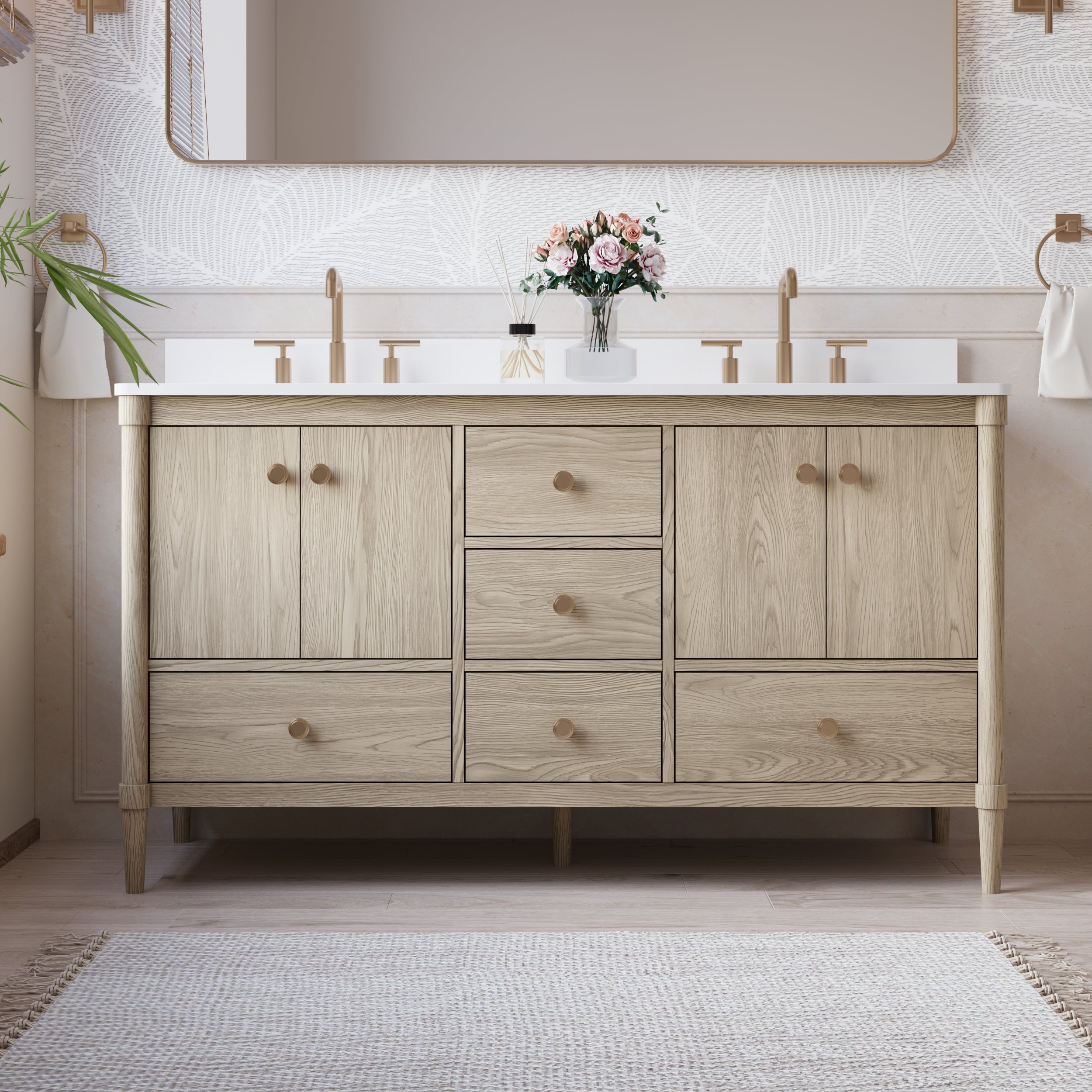
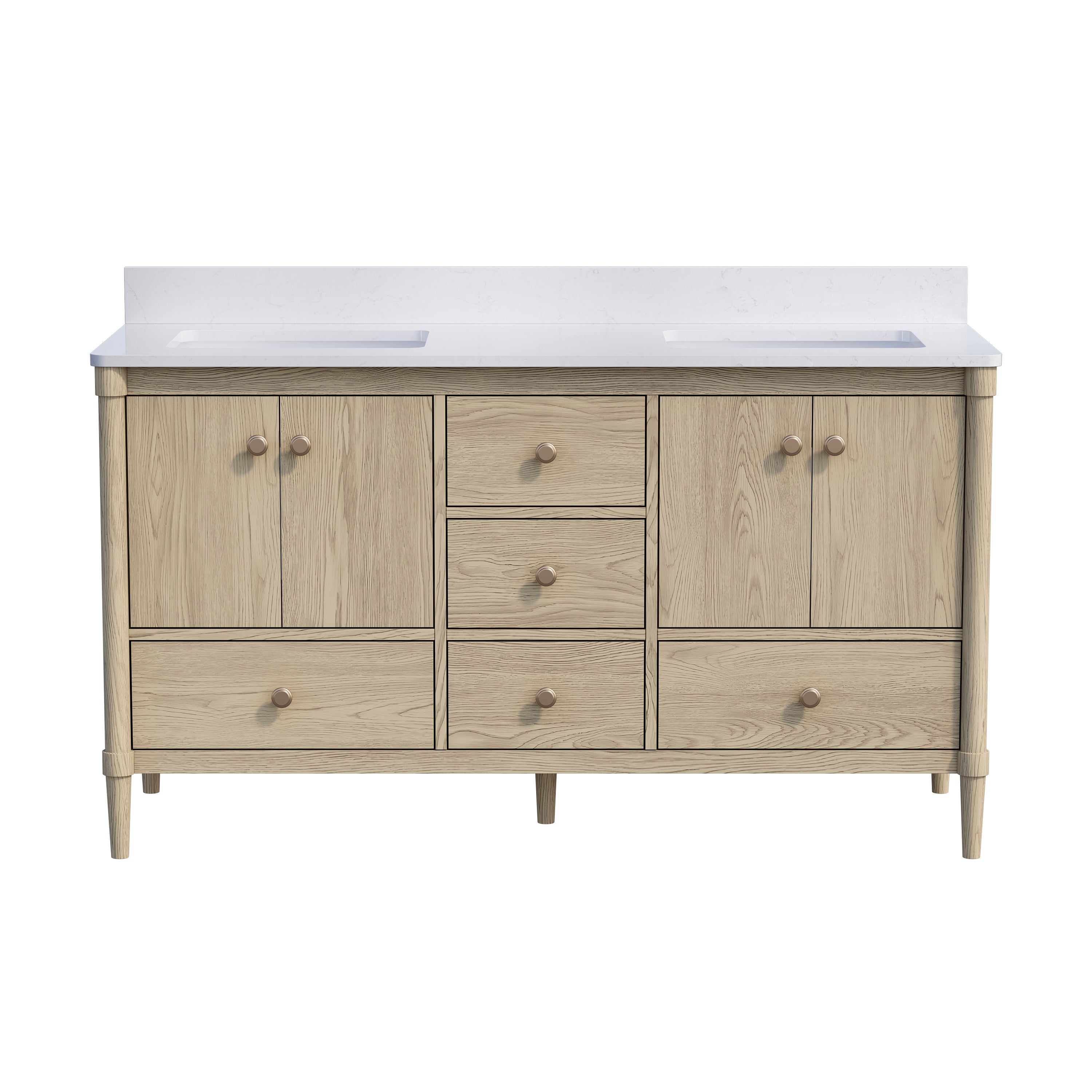
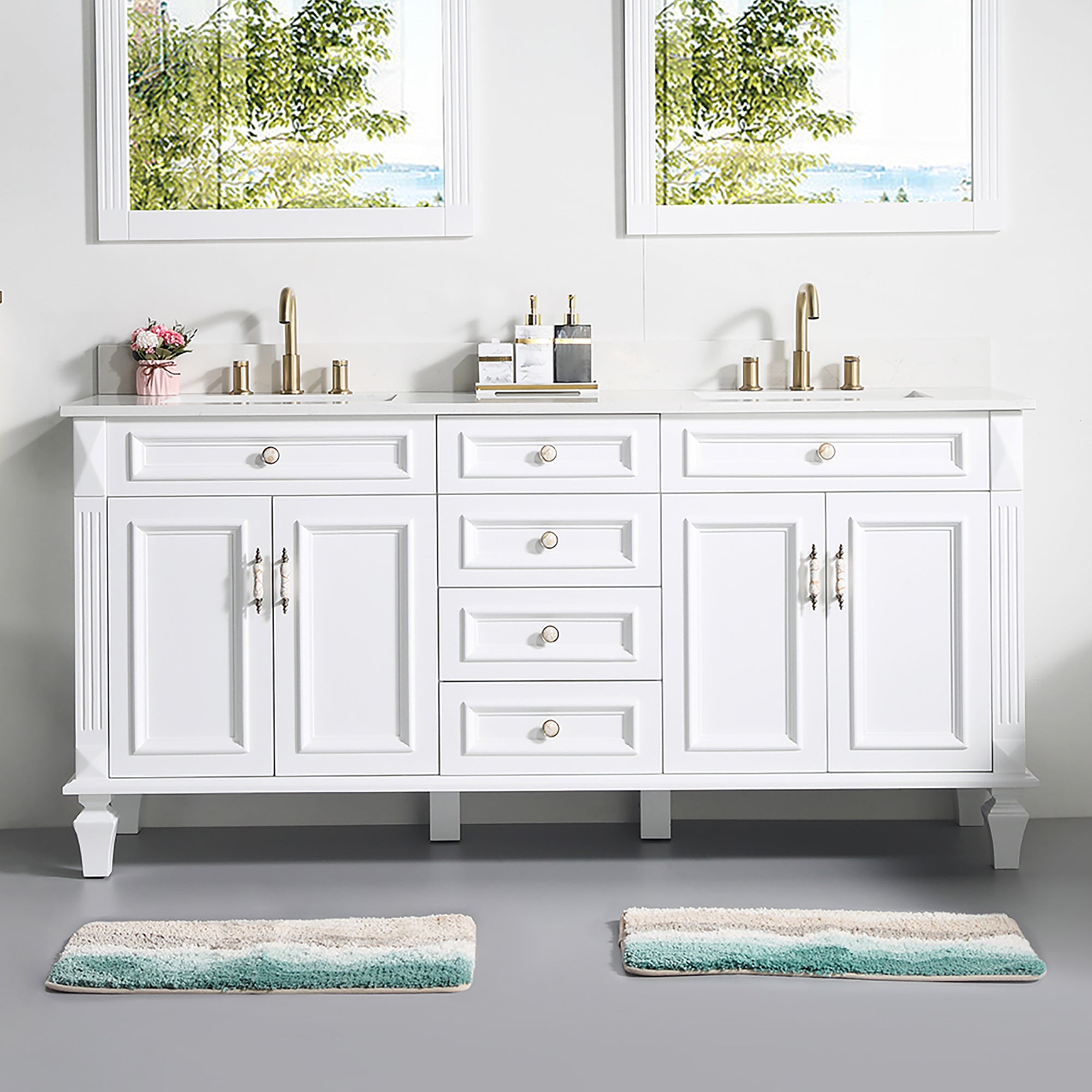
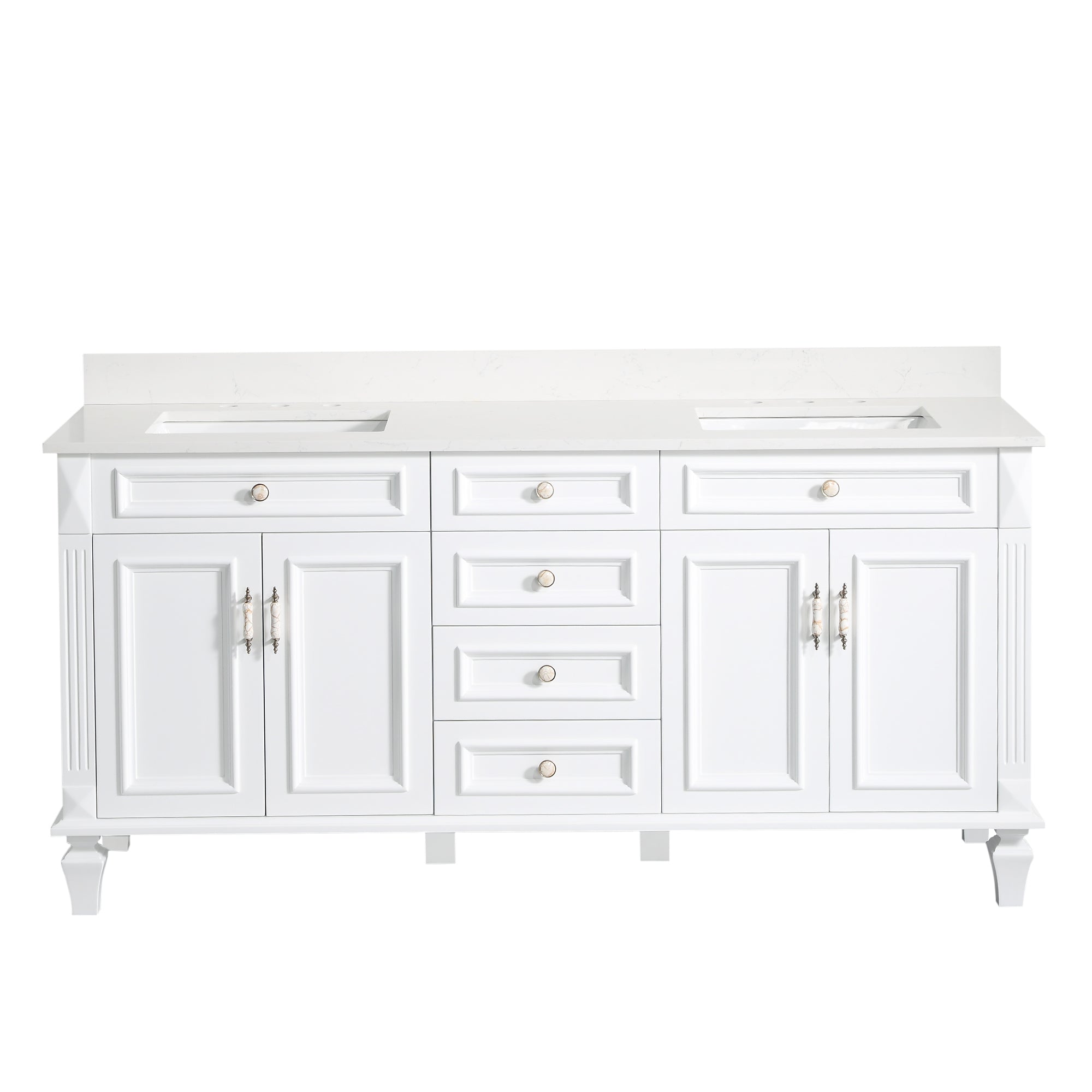
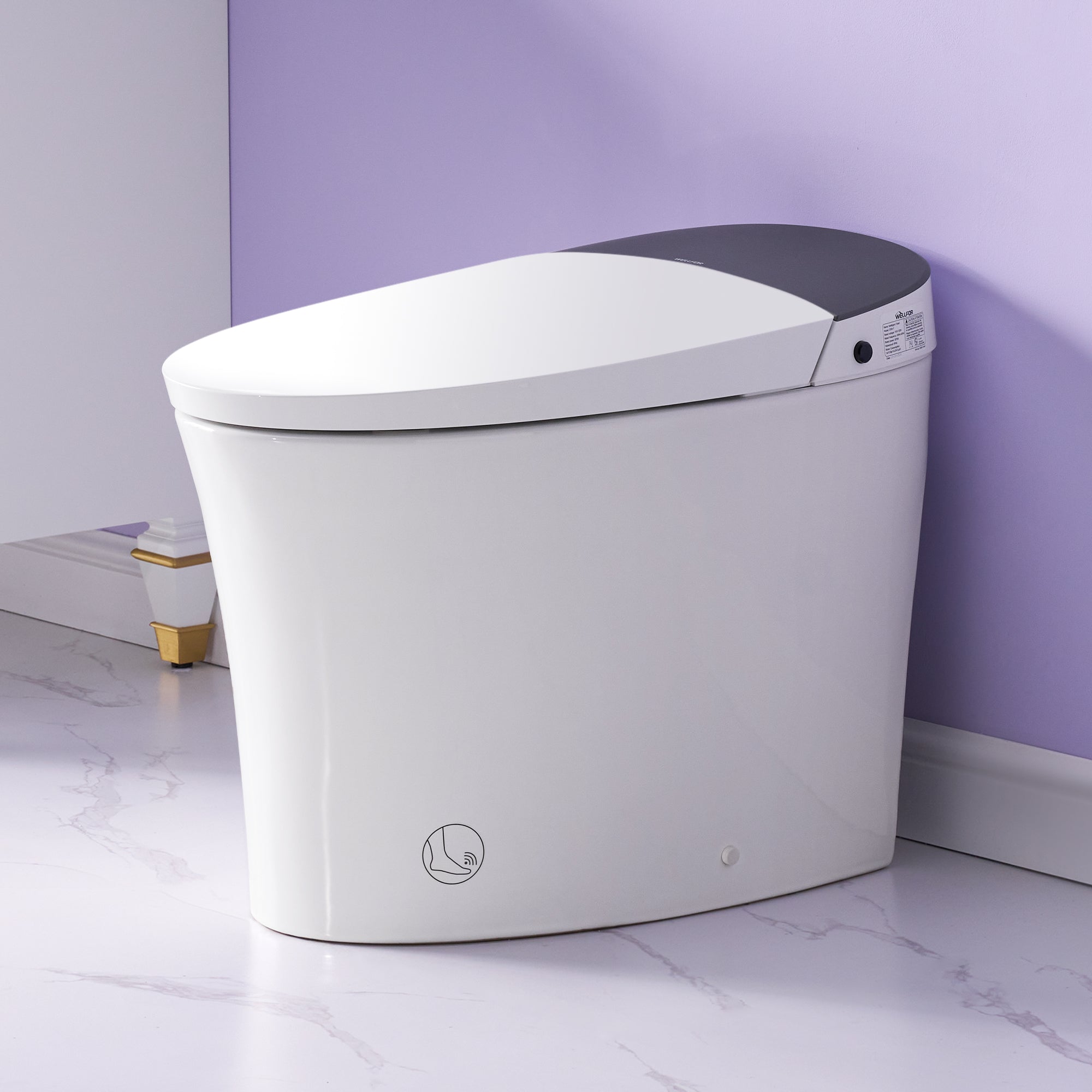
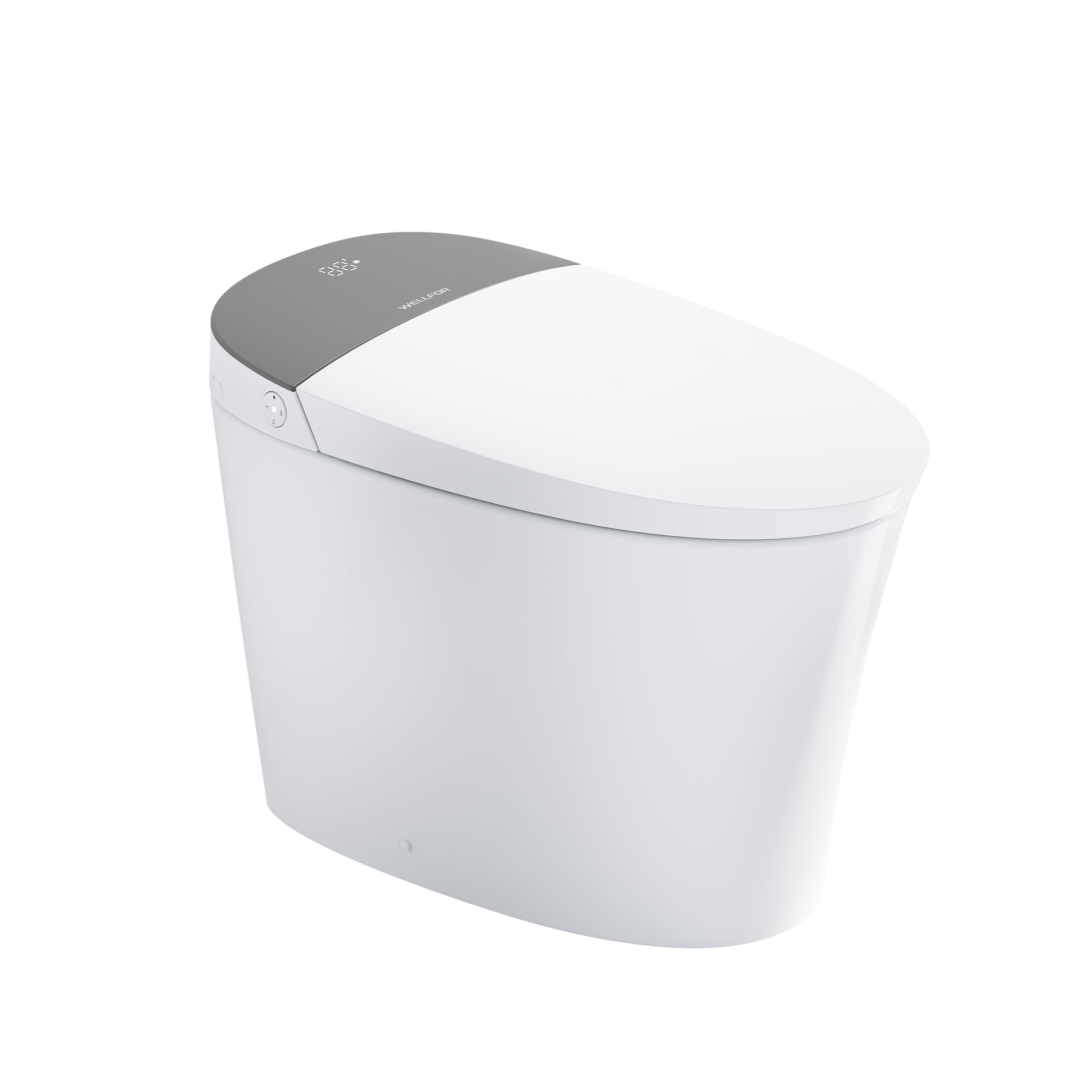
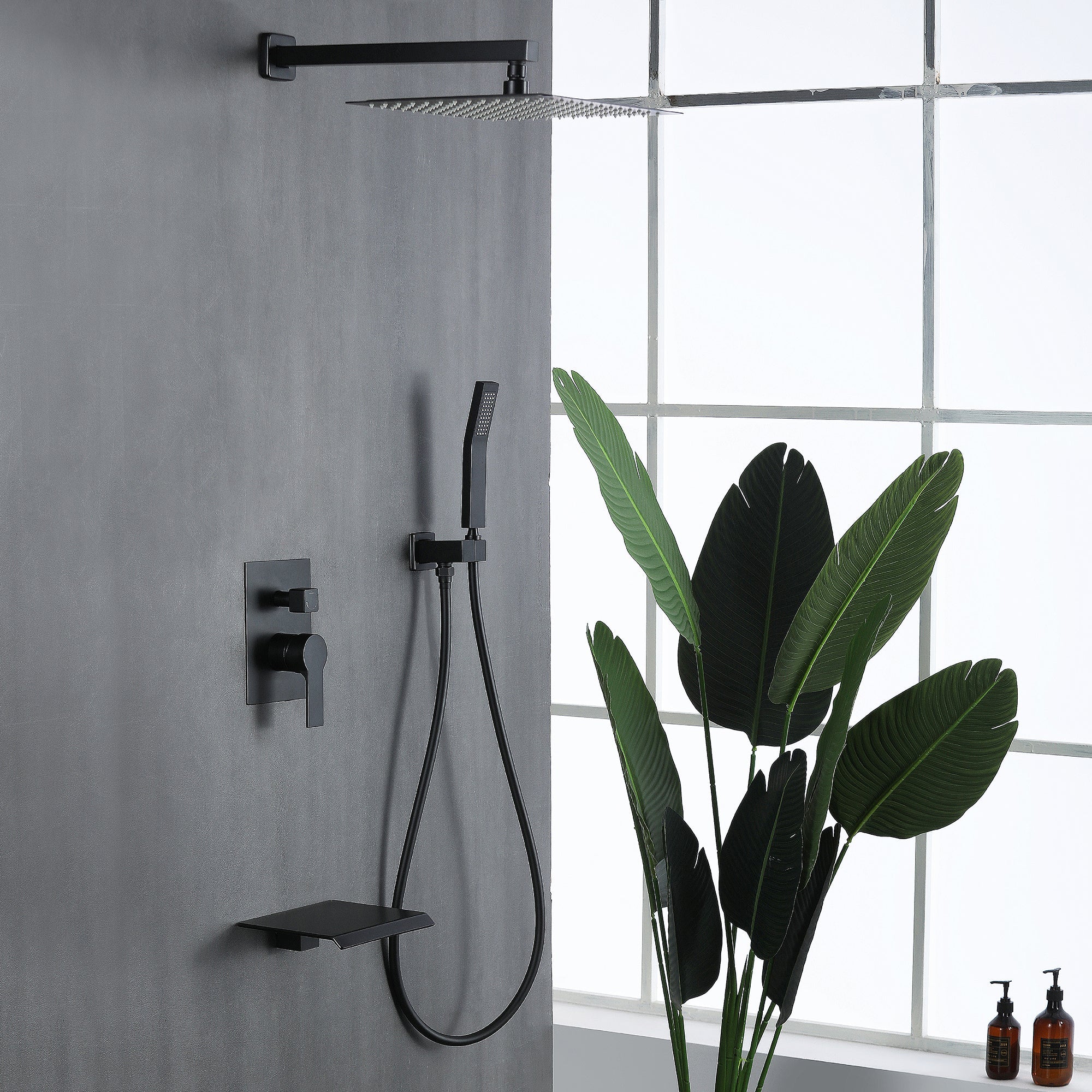
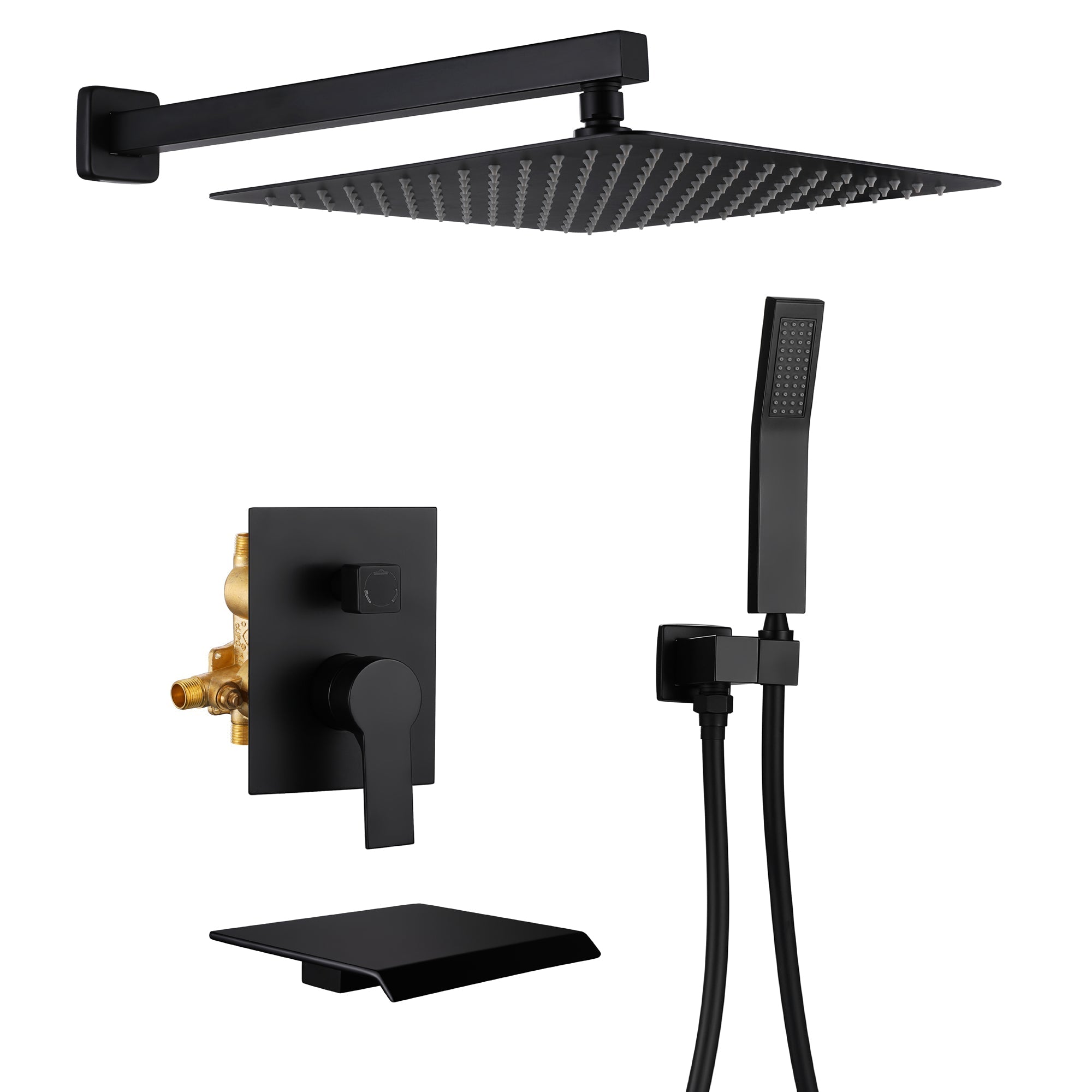
Leave a comment
This site is protected by hCaptcha and the hCaptcha Privacy Policy and Terms of Service apply.